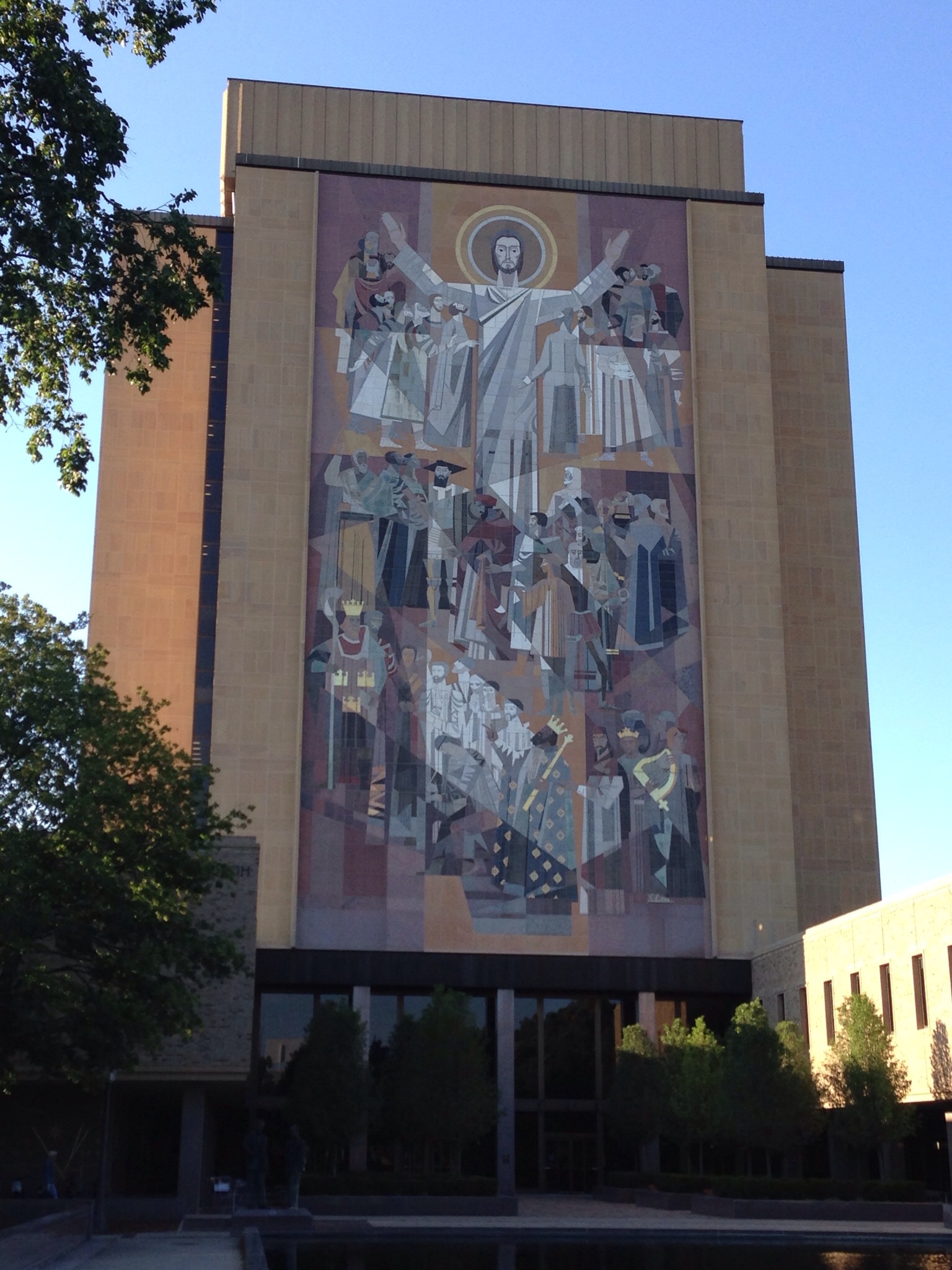I was disturbed this week to discover that the yearly conference of Chief Administrators of Catholic Education (CACE) next week will not have wifi except in certain areas, and not in the presentation rooms. I've said my peace with the conference leadership, and I've criticized in this blog the lack of vision that these decisions embody enough. Today, however, I'd like to explore a different part of this absurd equation.
Whenever I question the lack of wifi at a conference, I'm always told the same thing: “It's too expensive,” and though I think many conferences waste plenty of money on less necessary things (like paper programs), I can't help but agree. Hotels and convention centers charge a completely extortionate rate to provide wifi service to public areas. As with catering, venues use wifi to disproportionately boost income over expense. The infrastructure to support this is already in place, and it is simply a matter of boosting bandwidth proportionately for the number involved, something that they do regularly with those willing to pay the ransom.
Bandwidth isn't cheap, as ISPs are partners in extortion, but the fees passed on to events are completely unrelated to cost. There are virtually no personnel costs related to increased bandwidth which are always the largest expense for a vendor. Venues charge this much not because it costs so much, but simply because they can.
How do we break from this? I think there is a simple market solution . Reasonably priced blanket wifi expense must be a priority of event organizers, choosing one venue over another on this basis and communicating clearly to management of losing sites that this was the reason for the choice. Since so many conferences are currently going without, it is clear that venues don't depend on this revenue. Like other dying economic realities, vendors try to hold on to old-model income as long as possible. However, as the market changes, they have to let these go. Venues intent on increasing business will see this as a selling area, rather than a occasional luxury add on. By moving this part of the discussion to the front, instead of an extra, we can use the forces of competition to help change the nature of the market. Too often I hear wifi described as a “nice to have,” and the first thing cut in budget trimming. For the millionth time, it is not a “nice to have,” it is essential.
I believe that there will come a day when wifi will be truly ubiquitous, and this will be taken from the hands of individual site vendors, but until that time, we need to train them by our actions.
As always, I welcome your comments.
Image: 'The Leopard Inn, Burslem'
http://www.flickr.com/photos/88669217@N02/8419506295 Found on flickrcc.net










